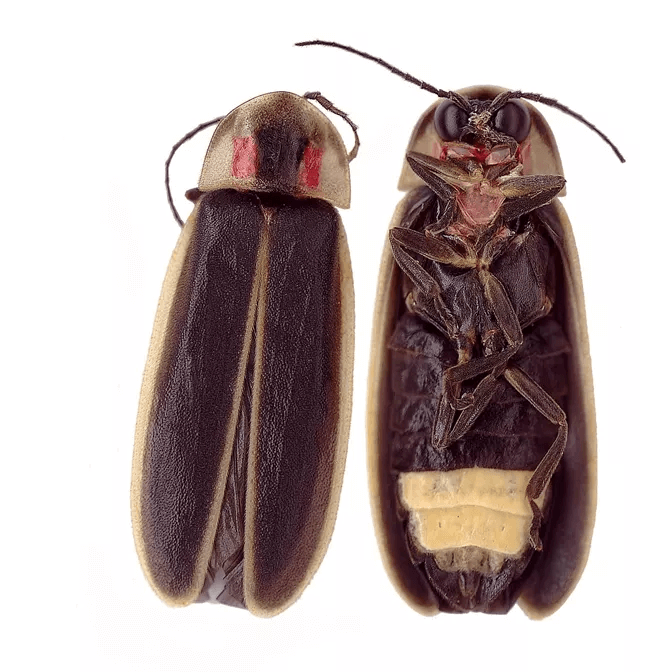
Pigeon Forge’s A Mountain Quiltfest™ 2025
May 24, 2025
Enjoy the Most from your Cabin Rental
June 28, 2025While starting a little bit later this year, we are pleased to announce that synchronous firefly season is definitely on in the Smokies for 2025. It’s always the little things in the mountains that bring the most joy to see them return; for the summer it’s the smell of honeysuckle, the sound of crickets and cicadas buzzing, the rolling of thunderstorms in the distance, and the small, synchronized appearance of little green lights floating around the windows as it turns night.
Many of our Smoky Mountain visitors have never seen the Smoky Mountain synchronous fireflies before… or any fireflies, for that matter, and for a number of people considering the Smokies for their summer vacation plans, an article like this blog might be the first real in-depth info they get on this small but indelible element of the season that they could enjoy. From there, we’d like to share what the National Park Service says about the synchronous fireflies in the Smokies:
“Fireflies of the Smokies
Great Smoky Mountains National Park is home to 19 unique species of fireflies out of over 2,000 species identified worldwide. Among these, the synchronous fireflies (Photinus carolinus) are particularly famous, known as one of few species with the incredible ability to synchronize their flashing patterns. This mesmerizing display transforms sections of the forest into a flickering spectacle, a true marvel of nature.
What are Fireflies?
Fireflies, often referred to as lightning bugs, are fascinating beetles with many having the unique ability to light up their abdomens. The majority of their life cycle—lasting one to two years—occurs in the larval stage. During this time, they feast on snails, worms, and smaller insects in the leaf litter of forest floors. However, when they finally transform into their adult form, the rest of their life cycle is just three to four weeks long, with many not feeding at all.

Why do fireflies flash?
The enchanting flash of a firefly serves a vital purpose: attracting a mate. Each species of firefly possesses a unique flash pattern that plays a crucial role in their mating display. These distinct light patterns help male and female fireflies of the same species identify one another. Most species emit a greenish-yellow light, but some species showcase more of a blue or white hue. Typically, males flash while in flight, while females—often perched on the forest floor—respond from below.
How do fireflies produce light?
The science behind this phenomenon is known as bioluminescence, a natural process also seen in certain fungi, fish, shrimp, jellyfish, plankton, salamanders, gnats, glowworm beetles, and more. Firefly flashes are remarkable examples of bioluminescence, producing light through highly efficient chemical reactions that generate light with minimal heat. In their lanterns, a part of their abdomens, fireflies mix the chemical luciferin with oxygen and the enzyme luciferase, resulting in a ‘cool’ glow that boasts nearly 100% light. In contrast, traditional incandescent bulbs emit only about 10% of their energy as light, with the remaining 90% as heat.

Why the synchrony?
Researchers have investigated the reasons behind this synchronized flashing behavior; however, the synchronous behavior is not yet fully understood. One theory suggests that males flash in unison to elicit a call-and-response interaction from the females. A study found that female fireflies of this species only respond when an adequate amount of flashing is presented to them. Once enough light is generated in the forest, the much dimmer females will respond during the pauses in the males’ flashing pattern.”
The flash pattern of Photinus carolinus is a remarkable sequence of five to eight distinct flashes, followed by an eight-second pause of darkness, before the cycle repeats. Initially, the flashing may appear random, but as more males join in, their rhythms align, creating a breathtaking display of pulsating light throughout the forest.”
See more on the fireflies and the yearly Elkmont viewing lottery at https://www.nps.gov/grsm/learn/nature/fireflies.htm.





